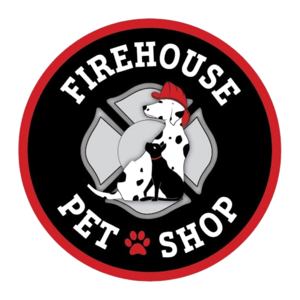Dogs are friendly, social animals, and a proper greeting is essential to establish and maintain the correct, safe human-dog relationship in a pack hierarchy. Whether you are greeting your own pet, a friend’s familiar dog, a working animal, or any other dog, knowing how to greet a dog the right way can make introductions much smoother for you and the animal.
Why the Greeting Matters
How you greet a dog is your first impression on the animal and helps establish your place in the dog’s pack. This will influence how the dog may respond to your voice, gestures, and commands, or how it treats your behavior. Meeting strangers can be stressful for many dogs, and a poor greeting can trigger anxiety, fear, or aggression. Even the most well-trained, socialized, and gentlest dog can and will bite if it is scared or startled, and a poor greeting to a stressed out animal may be a dangerous trigger. A proper greeting, on the other hand, establishes safe boundaries, reinforces good training and desirable behavior, and ensures the safety of both the animal and the human.
How to Greet a Dog Safely
Greeting a dog properly involves more than just petting or smiling, and it is important to understand both the animal’s signals as well as its owner’s desires both before and during a greeting.
- Ask Permission First
Before greeting any dog, even one you’ve met before, ask the owner’s permission to approach the animal. The owner knows best how the dog may be feeling that day, or whether its personality, mood, or health is compatible with greetings. The owner may have specific training goals for the dog, or may simply not have the time for a proper greeting on every occasion.
- Watch the Dog’s Body Language
Dogs communicate a great deal by posture and behavior, and being aware of a dog’s clues can help a greeting go smoothly. If the animal is cringing or tense, bares its teeth, growls, or otherwise shows reluctance, don’t attempt to greet the animal. An eager dog with gentle eyes, a wagging tail, and friendly postures will be more willing to greet a stranger.
- Be Calm
Always be calm when greeting a dog, rather than rushing up to the animal or overwhelming it with a loud, boisterous welcome. Keep movements slow and gentle, avoid staring or direct eye contact that could be interpreted as a challenge, and turn your body slightly sideways to show a friendly posture to the animal.
- Let the Dog Come to You
A dog that is willing to greet strangers will walk toward them, sniff them out, and participate in the greeting. Crouch closer to the dog’s level if possible, and avoid invading their immediate space until they are comfortable with the closeness of the greeting. Avoid dominating postures such as reaching for the top of the dog’s head or bending over its body.
- Discourage Bad Behavior
If a dog responds poorly to a greeting by jumping up, barking, or otherwise reacting inappropriately, turn or back away from the animal. Do not startle or react aggressively, as that could trigger further poor behavior, but simply avoid engaging with bad canine manners. This will help the dog learn proper greeting behavior and better socialization.
Not every dog introduction or greeting will be a successful one, and it is important not to take poor greetings personally or respond in damaging ways by punishing the animal. Stay alert to the dog’s body language and personality every time you meet it, and as it greets you more often, it will learn the best way to respond and each greeting will be smoother and safer for both the dog and everyone it meets.
Dogs to Avoid Greeting
There are some dogs that should not be greeted except under very specific circumstances. Any service dog should be left alone to do its job for its owner or handler, and not treated as a sociable pet unless you are invited to make introductions. Similarly, working dogs such as police, military, or drug-detection dogs should not be treated with casual familiarity unless they are specifically serving in an ambassador, meet-the-public setting and such greetings are welcomed. Dogs in formal shows are also working at that time and should be treated respectfully, and dogs in a veterinarian’s office or any similarly stressful setting are best left alone, as the additional stress of a stranger’s greeting could increase their anxiety or create a dangerous interaction. Finally, an owner is the ultimate final answer in whether or not a dog should be greeted, and if they say no, the dog should not be approached.
Greeting a dog can be a fun and charming interaction, if it is done safely for both the dog and the human. By knowing how to greet a dog properly, you can easily meet many different dogs and make a wide range of canine friends.



